Through the dark days of the 1990s civil war and the Taliban’s oppressive rule, Afghan photographer Shah Marai never left his country. As the bloodshed continued after the 2001 US invasion, he repeatedly expressed a feeling shared by so many Afghans caught in the devastating cycle: “There is no more hope.”
Yet, through it all, Marai, 41, continued to bear witness, focusing his camera on the profound human suffering that has become so routine, so forgotten. On Monday, he was among the couple dozen journalists in Kabul who had rushed to the site of yet another bombing, when a second attacker detonated his explosives amid the reporters and first responders. Altogether 26 people were killed, nine of them journalists.
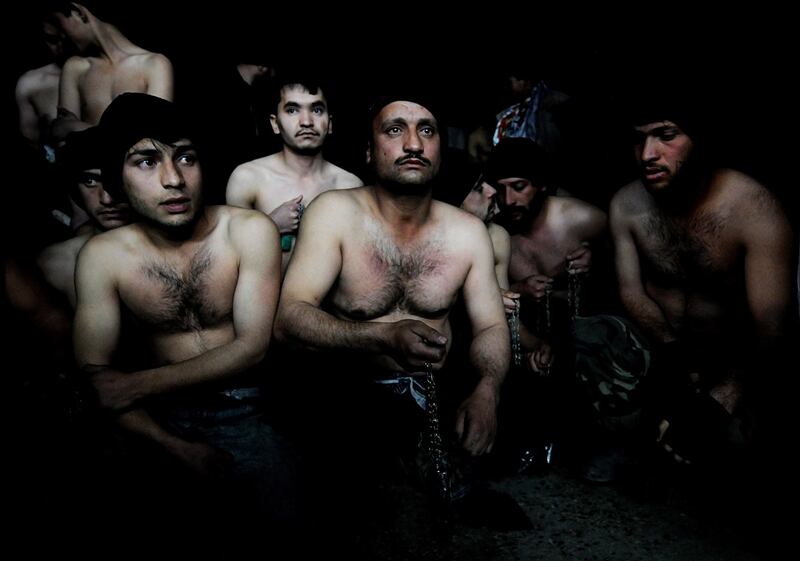
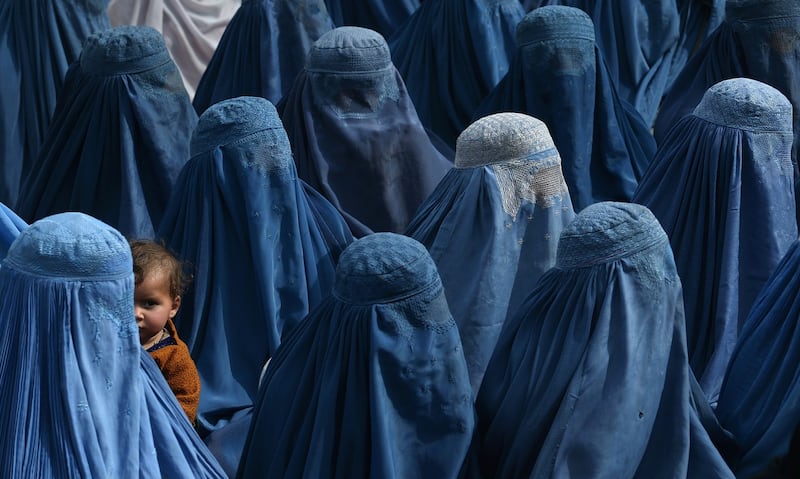
The Afghan war has dragged on for so long that it has redefined seasons and reshaped conventional battle norms. Spring, everywhere else associated with the blooming of flowers, is seen here as the time when deaths pile up. No one - aid workers, police officers, shopkeepers, doctors - is spared. While wars usually have a front line, here the whole country has turned into one giant front line, the guarded capital city of Kabul suffering the highest number of casualties year after year.
Just a week ago, another attack killed 57 people lining up to register to vote. This year’s bloody Taliban spring offensive is particularly unsettling because it comes soon after the government made its most robust peace offer to date. Adding to the confusion is that a small element of the Islamic State, which appeared here in 2015, continues to claim attacks despite sustained military operations against them.
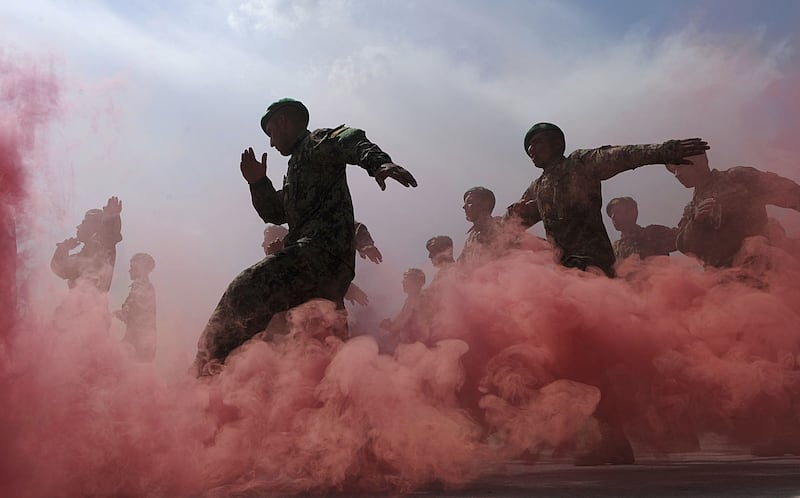
From a family genetically predisposed to blindness, Marai, a father of six, rose to become the chief photographer in Kabul for Agence France-Presse. His income supported many relatives, including three blind brothers and two blind children. The youngest of his children, his only daughter, Khadija, was just 15 days old. He celebrated her birth by distributing sweets at the office.
Across town on Monday, Afghan journalists continued to report as they mourned, much of their reporting focused on the funerals of their own colleagues: a cameraman engaged to be married, recently forced to sell his bicycle for $80 to seek treatment for his ill mother; a young female radio reporter, the sole breadwinner of her family, who had just moved to a better-paying job so she could support her family and take part-time university classes.
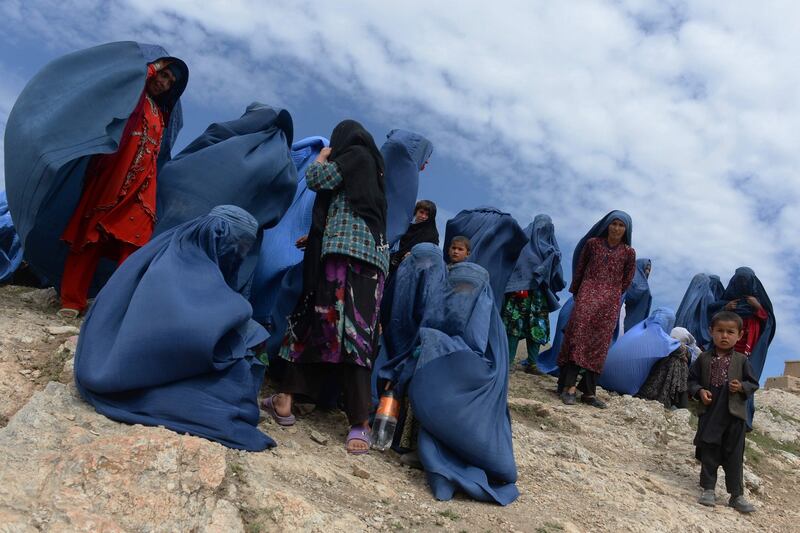
Near the scene of the blast, a shaken television reporter, his assigned cameraman killed, stood in front of the camera of another colleague to give live updates. On a lush hilltop outside town, photographer colleagues of Marai who had survived the bombing with a stroke of luck briefly put down their cameras to shovel dirt on his grave.
“An incident doesn’t begin with the explosion - it begins with the cries of a mother, a sister, a wife at a home where a man who left alive in the morning is brought back in a coffin three hours later, his body blown to pieces,” Farahnaz Frotan, a reporter from ToloNews, wrote on Facebook after the funeral of a cameraman colleague. “All those who were blown to pieces today were men and women of work, from a generation full of dreams - a generation blown to pieces by suicide bombings.”
Frotan posted a picture of her colleague’s engagement ring, covered in blood.
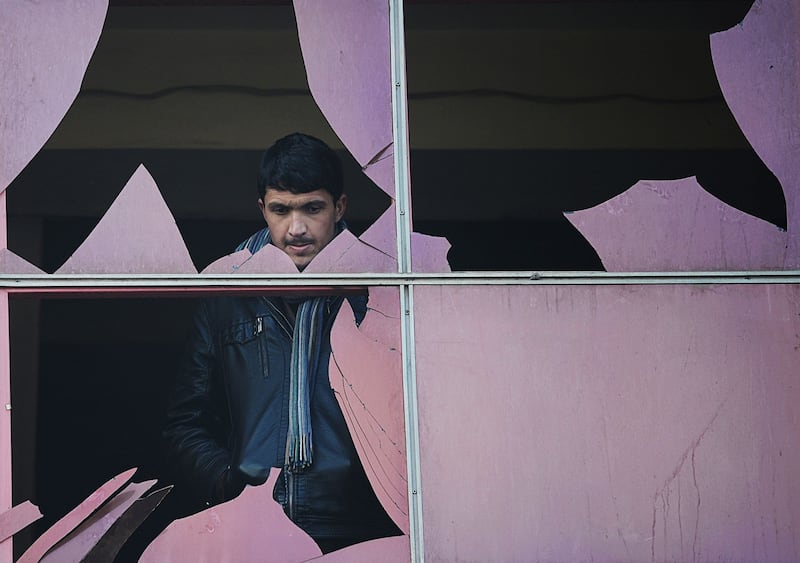
Marai had gotten his professional start during the Taliban regime in the 1990s, when photography was largely banned. He began as a driver for Agence France-Presse, and then slowly began to do photographic work, often in secret, when most news bureaus could not get a foothold in the country and relied on brave local residents like him.
After the fall of the Taliban in 2001, a new wave of optimism was clear in his work, as he covered elections and the rebuilding of a ravaged country. But, like many Afghans caught in a pattern of violence that feels endless, Marai had lost hope in recent years. After a brief period of relative calm, the war in Afghanistan has grown devastatingly violent, taking as many as 50 lives a day on all sides. Marai’s work as a news photographer often meant rushing to the site of the latest suicide bombing, and then following funerals and shattered families.
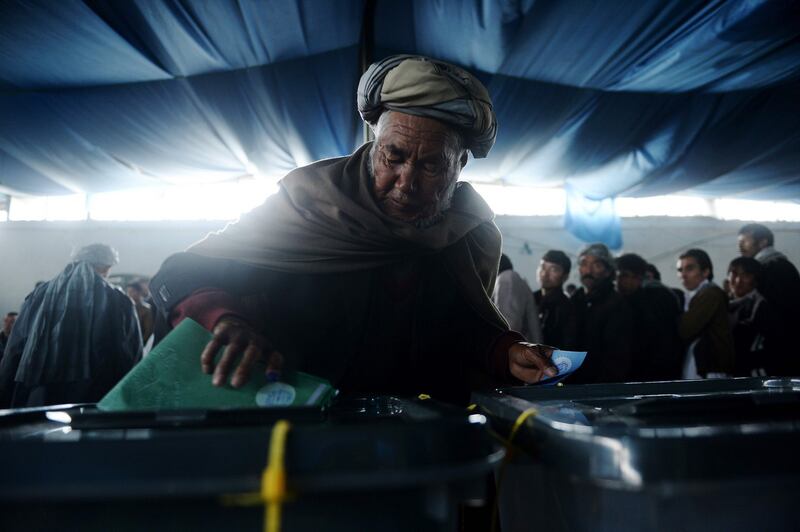
Some of the losses were very close to home. In 2014, Ahmad Sardar, another AFP journalist who had shared the newsroom with Marai for many years, was killed along with his family, all gunned down having a New Year’s Eve meal at a restaurant. Just one of his young children survived, waking up from a coma only after the parents had been buried.
As the most senior member of the agency team, Marai led the funeral arrangements, and welcomed the mourners and friends who poured into the Agence France-Presse office, showing them Sardar’s notebook on his desk, its pages open to scribbles of his final article about a rescued lion cub at the Kabul Zoo. When the surviving child, Abuzar, moved to Canada to live with relatives, Marai visited him to see how he was adjusting.
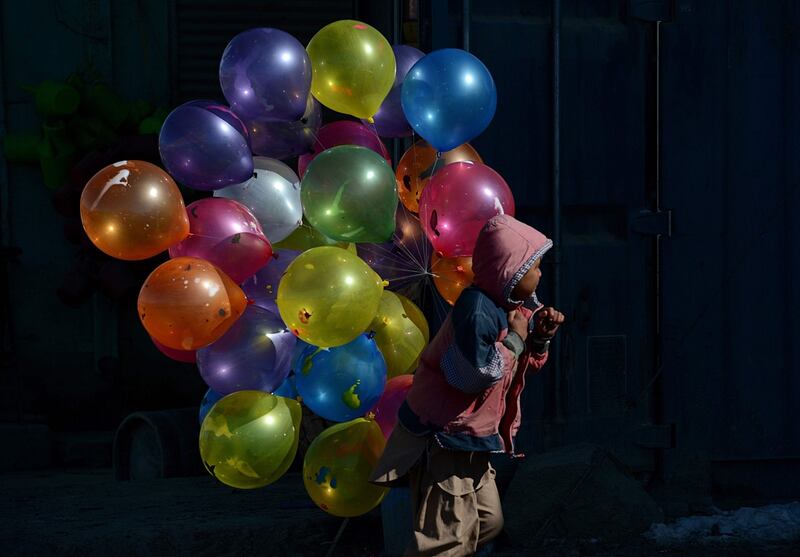
As the violence continued to intensify, the attacks growing deadlier, Marai arranged for two of his brothers, who were also spared the genetic blindness, to take the migrant trail and seek refuge in Europe. “There is no more hope,” he wrote in 2016 on his blog for Agence France-Presse. “Life seems to be even more difficult than under the Taliban because of the insecurity.” Marai’s eldest son, who is blind, said he had asked his father many times to also leave for Europe. His mother had asked him to leave his risky job and become a shopkeeper instead. Marai had just laughed.
On Monday, after the first bomb went off just before 8 am, Marai had coordinated with other photographer colleagues and rushed to the scene. The first attack had not been huge; it had killed four people. Marai and other reporters, some distance from the security cordon set up around the site of the first blast, had climbed to a higher spot of the sidewalk when the second explosion went off. “I heard a big bang behind me - it threw me to the ground,” said Omar Sobhani, a Reuters photographer and a longtime friend of Marai who survived with injuries. “The first thing I saw was the body of Shah Marai and I understood that he was dead.”
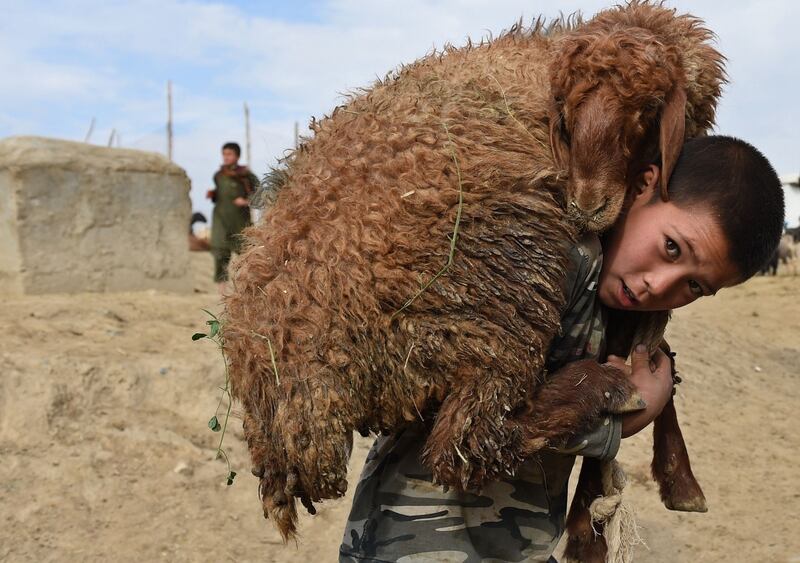
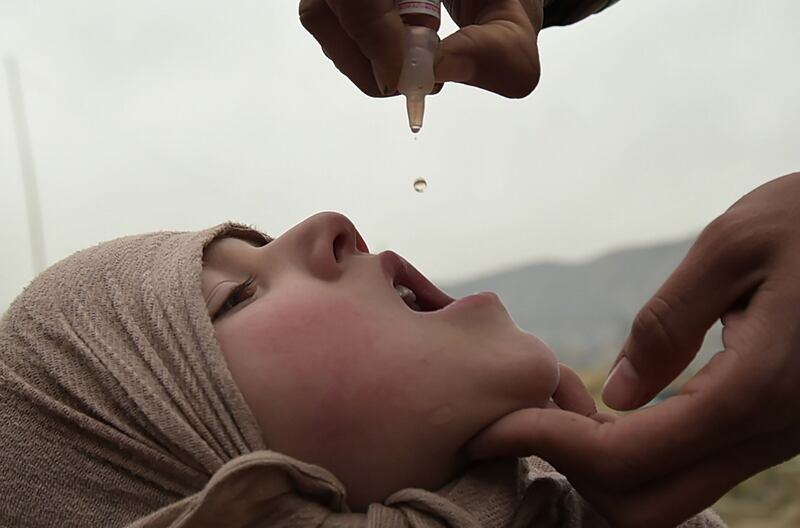
When his coffin was unloaded for a couple hours at home, it seemed small for a tall man. Women wailed and gathered around it. “Who will look after us?” his mother said, speaking to his body. “I lost your brother and your father, but I never thought that I was a widow because you were with me. You were everything to me. You weren’t just my son - you were my friend.”
Marai’s last post on his Facebook page was a picture of himself behind spring roses in full bloom. The caption read: “beautiful rose flowers in our garden.” His body was driven to a lush hilltop in his home district on the outskirts of Kabul, a place called Guldara, the Valley of Flowers. His blind brother and his blind son sat at the edges of the grave, unable to see. But the sound of mud flopping on the stones as the grave was sealed was loud and clear.
“The streets are colored in blood every day,” the imam said in his final prayer, before everyone dispersed. “O oppressor - the pain of the loved ones left behind will one day destroy you for sure.” – New York Times










